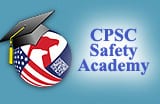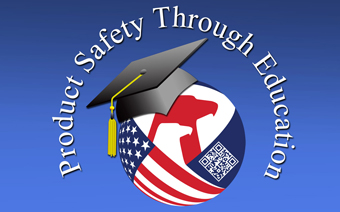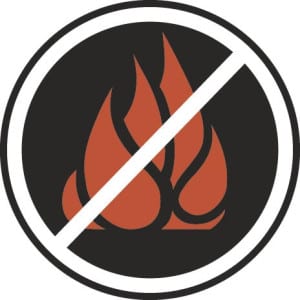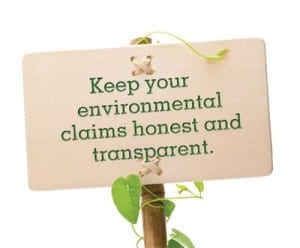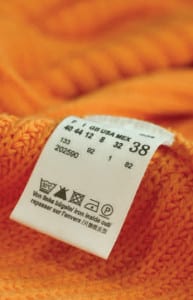DTSC releases initial chemical list (candidate chemicals) for the Safer Consumer Products Regulation
 The California Department of Toxic Substances Control (DTSC) has released its initial list of candidate chemicals as required under the Safer Consumer Products Regulation. All companies selling products into California will want to review this list and determine if any of their products contain these chemicals.
The California Department of Toxic Substances Control (DTSC) has released its initial list of candidate chemicals as required under the Safer Consumer Products Regulation. All companies selling products into California will want to review this list and determine if any of their products contain these chemicals.
Under the regulation a candidate chemical is defined as one that exhibits a “hazard trait and/or an environmental or toxicological endpoint” and is either (a) found on one or more of the authoritative lists specified within the regulation or (b) listed by DTSC using the criteria specified within the regulation.
The purpose of the list is to inform stakeholders [manufacturers, importers, assemblers and retailers] about chemicals that may be named as Chemicals of Concern if they are identified as part of a product-chemical combination that is listed as a Priority Product.
All companies selling products containing an identified “chemical of concern” will want to determine which entity in their supply chain has the most information about the chemicals on the list and determine contractually which entity will be responsible for compliance with the data requests, toxicity testing and notification requirements that DTSC will impose under the regulations.

